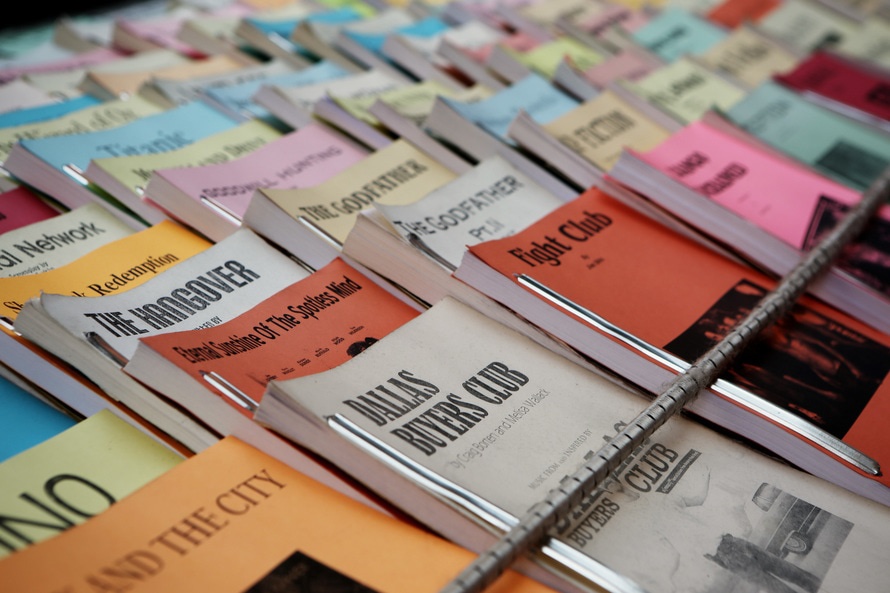Storytelling is often associated with entertainment, but stories are also a powerful tool for your event marketing toolkit.
Why? Because stories inspire people to take action. The right narrative can compel someone to attend your event and help them spread the word to others.
So how can you use stories to sell more tickets and registrations? It starts with understanding why they’re so effective.
Hardwired to Understand Stories
After centuries of oral tradition — telling stories around the evening fire and passing crucial information for survival — evolution has hardwired our brains to understand stories.
According to Dan and Chip Heath, authors of the best-selling book Made to Stick, stories provide mental training.
“A story’s power, then, is twofold: It provides simulation (knowledge how to act) and inspiration (motivation to act),” they say. “The takeaway is simple: Mental simulation is not as good as actually doing something, but it’s the next best thing.”
Put differently, if you want people to come to your events, share their experience on social, and develop a positive relationship with your brand — stories inspire those kind of actions.
Putting Stories to Work
In his presentation, Storytelling: Using Creativity to Help Sell, Connect, and Differentiate, Craig Chaplin, Senior Creative Director of global branding agency Jack Morton, shared the secrets behind successful storytelling. His tips teach you how to foster creativity, garnering new ideas for your events by creating a story that sells.
Check out a sample of his best practices:
Kill Your Darlings.
William Faulkner once said, “In writing, you must kill your darlings.” No, he wasn’t advising you to commit a crime. Faulkner’s advice was for storytellers to cut the parts of their stories that didn’t serve the reader — no matter how near and dear to their heart.
What does this mean for your event? If something isn’t relevant to your audience — a session that isn’t valuable or a piece of copy on the event page that doesn’t help them — let it go.
Get Personal.
In the mid-2010s, Coca-Cola did the unthinkable and removed its iconic logo from the side of bottles and cans. The “Share a Coke” campaign personalized the beverages with 250 of the most common names and nicknames, giving customers a way to tell their own story and share an experience with someone.
Personalization stands as the ultimate way to immerse someone in the story you’re telling. So make sure to avoid sending emails addressed “Dear Attendee” and utilize technology that lets you get on a first name basis with them.
Use Hashtags.
When Petsmart toured the United States to interact with pet owners, they created the hashtag #inspiredbypets. As the Inspiration Waggin’ traveled from city to city, the hashtag acted like the binding of a novel, connecting over 100,000 inspirational customer stories.
If you’re planning on using a hashtag for your event, put some thought into it before you do. Chaplin tells us that hashtags can be a great way to facilitate conversations with attendees and encourage storytelling.
From captivating pitch techniques to creating authentic brand experiences, all aspects of the marketing and event process should be a part of a powerfully told story.

